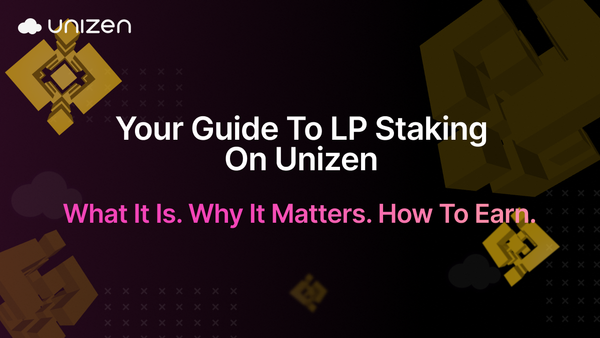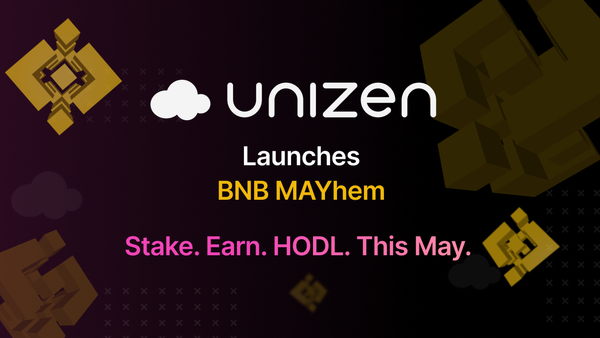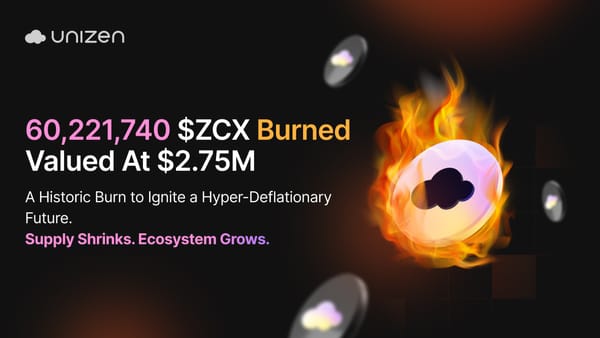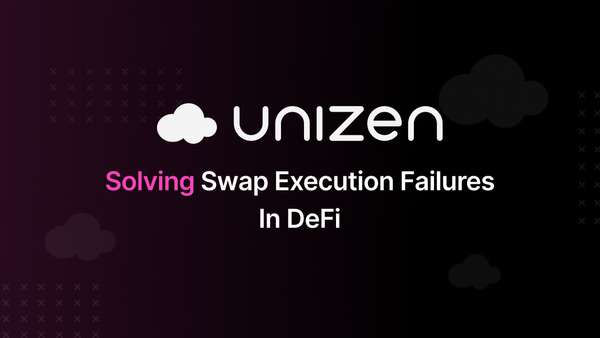User-Centric Experience: Fee-less Trading only on STRATOSPHERE - Unizen's Unique Fee Model Explained
Trade fee-less on Unizen Stratosphere with positive slippage benefits.
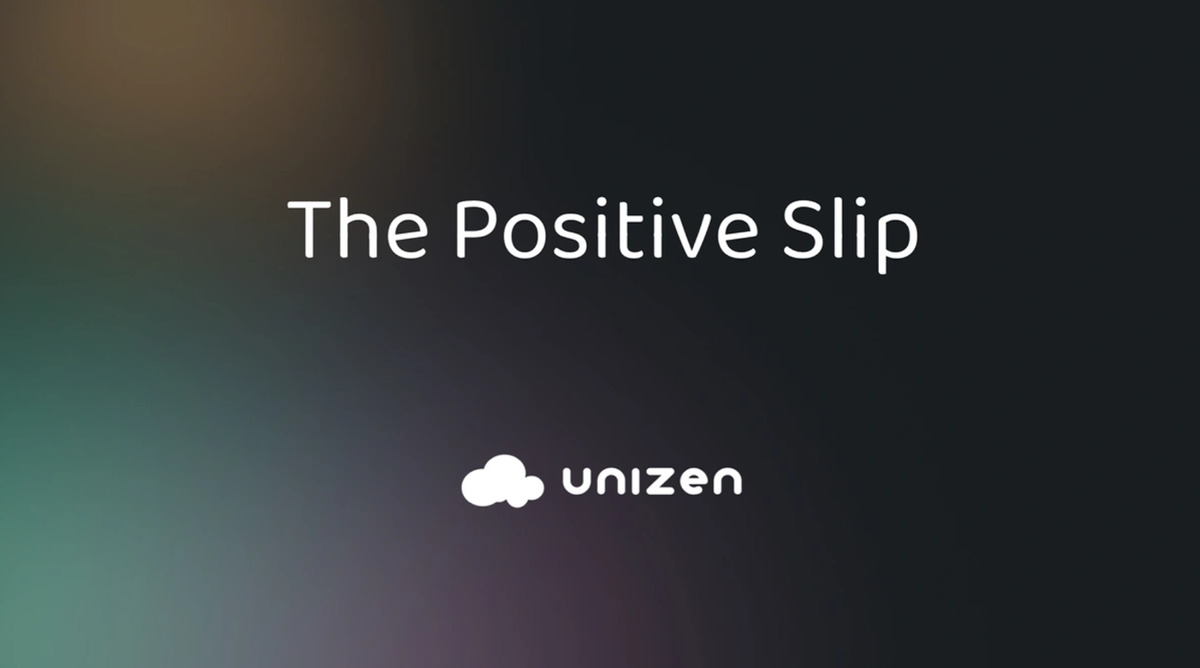
Unizen's Unique Fee Model Explained
The fee structure of a trading platform plays a crucial role in determining both the user experience and the total cost a user incurs during trading. This article explores the common fee categories found in traditional exchanges and compares them with the unique fee model of Unizen, which is built around the idea of positive slippage.
Traditional Fee Structures
Traditional centralized and some decentralized exchanges commonly have several fee categories:
1. Trading Fees: Typically ranging from 0.1% to 0.2% of the trade value.
2. Withdrawal Fees: Imposed when transferring cryptocurrencies to a personal wallet.
3. Deposit Fees: Some exchanges levy fees on deposits.
4. Maker and Taker Fees: Differentiated fees aimed at incentivizing liquidity provision.
5. VIP Tiers: Fee reductions based on trading volume.
Unizen's Fee Model
In Unizen’s model, positive slippage not only saves the user from paying any fees but also rewards them. When a trade experiences positive slippage, the end user receives a portion of that favorable price change, serving as a reward and an incentive for making trades on the platform. This rewarding aspect enhances the attractiveness of trading on Unizen, providing tangible benefits to users while engaging in trades.
1. No Direct Trading Fees: Unizen does not charge direct trading fees.
2. Positive Slippage Benefit: Traders benefit when the final execution price is better than the expected price. Positive slippage is a favorable market condition that can occur in both directions, providing advantageous pricing to traders.
3. Fee Reduction Opportunities: Unizen captures only a portion of the positive slippage as a fee, offering a 50% reduction on positive slippage trades. This model ensures that there are never any direct fees incurred by the end user.
4. Flexible Third-Party Integration: Unizen provides a framework for third-party integrations, allowing them to decide on their fee structure.
Comparative Analysis
1. Cost-effectiveness
Unizen's unique approach eliminates direct trading fees, significantly lowering the cost barrier for traders compared to traditional exchanges. Moreover, the model captures only a portion of positive slippage as a fee, rewarding traders with the remainder during favorable market conditions. This dual benefit not only reduces costs but also provides an avenue for potential financial gains, making trading on Unizen a cost-effective choice.
2. Market Condition Benefits
Unizen's model is designed to leverage favorable market conditions. Traders can benefit from price movements—buying at lower or selling at higher prices than initially anticipated due to positive slippage. This feature enhances the opportunity for traders to optimize their trading outcomes during volatile market periods.
3. Liquidity Provision
Unizen’s model supports liquidity provision inherently. Unlike traditional platforms that utilize fee differentials to incentivize liquidity, Unizen encourages favorable trading, which is beneficial to the market. The presence of positive slippage is indicative of a liquid market, which in turn attracts more traders. Additionally, by capturing a portion of positive slippage as a fee, a positive feedback loop is created, promoting liquidity provision while rewarding traders. This approach augments the platform's overall liquidity, creating a win-win scenario for both Unizen and its users.
4. User-Centric Approach
Unizen's fee model is constructed with the interests of traders and third-party integrations in mind. It provides potential benefits to traders while also facilitating flexible arrangements for third-party integrations. This user-centric approach creates a conducive environment for trading and integration, tailored to meet the diverse needs of the Unizen community.
Understanding Positive Slippage
Positive slippage is a favorable occurrence where the execution price of an order is better than the price anticipated at the time the order is placed. This can happen in either direction—favorable to both buyers and sellers, especially during volatile market periods when prices can change swiftly.
Definition: The phenomenon where trades are executed at better prices than anticipated.
Occurrence: More prevalent during high market volatility periods.
Benefits to End Users: Provides cost efficiency, enhanced profitability, and optimal execution for traders.
In Summary
Unizen's unique fee model, centered on positive slippage, offers a forward-thinking alternative to the fixed fee structures of traditional exchanges. By only taking a portion of positive slippage as a fee and guaranteeing no direct fees to the end user, Unizen creates a cost-effective and user-focused trading environment, expanding the horizons of digital asset trading.
Discover more about the mechanics of our trade engine at unizen.io, and don't miss the opportunity to try STRATOSPHERE to experience fee-less DeFi trades for yourself. Unizen is not just a trading platform; it's a gateway to a more cost-effective and user-friendly trading environment.
